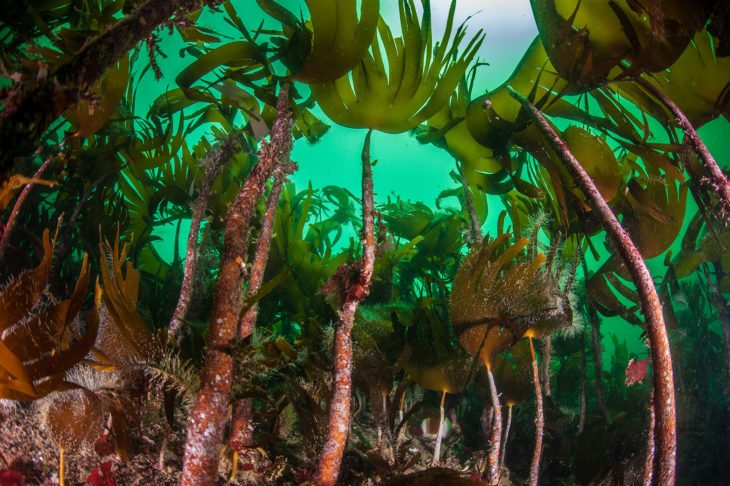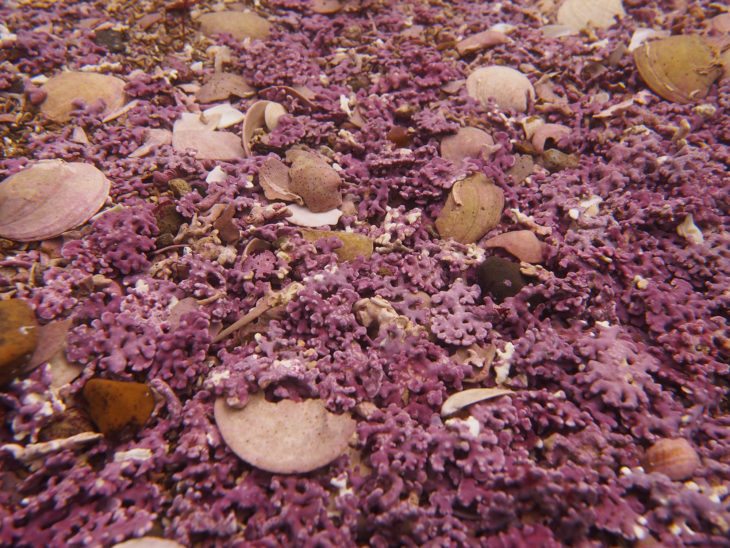The potential for carbon storage in the marine environment is vast, yet it is not always given the consideration it deserves.
What is blue carbon?
When asked what the principal natural stores of atmospheric carbon are, most people would suggest terrestrial habitats, most likely rainforests, peatlands and woodlands. However, despite the huge potential for carbon storage on land, it is in fact marine habitats that store the greatest amounts of ‘blue’ carbon.
Marine ecosystems store carbon in both living (e.g. animals and plants) and non-living (e.g. shells and skeletons) material. Some of these stores can lock carbon away for thousands of years (e.g. calcium carbonate shells and maerl beds), while other stores are a more short-term, monthly basis (e.g. kelp forests and seagrass beds).
The health of Scotland’s seas is currently in an unfavourable state. Key threats such as physical disturbance from human activities (e.g. fishing) and natural events (e.g. storm surges), increased water turbidity (reduced photosynthesis), coastal erosion/development, and climate change can all disturb, damage and compromise the ability of the sea to capture carbon.
The benefits of protecting blue carbon
Whether short or long term, the ability of marine habitats to store carbon is improved by maintaining productive, healthy and biologically diverse marine ecosystems. Scotland’s seas contain a wealth of blue carbon habitats such as saltmarshes, seagrass beds, kelp forests, maerl beds and biogenic reefs, and protecting and enhancing these habitats is essential for healthy seas.
The benefits from protecting blue carbon habitats expands far beyond carbon storage. For example, many of these habitats increase biodiversity, provide vital nursery grounds for juvenile fish and shellfish, improve water quality, increase seafloor integrity, and create the foundations for stable ecosystems.
Find out more
The Blue Carbon Mapping Project, led by the Scottish Association for Marine Science (SAMS) on behalf of WWF, The Wildlife Trusts and the RSPB, provides a detailed estimate of the amount of carbon captured and stored in UK seas, including Marine Protected Areas (MPAs). The Scientific Report and Technical Summary for Scottish Seas provide an excellent overview of the science as well as the challenges and opportunities.


